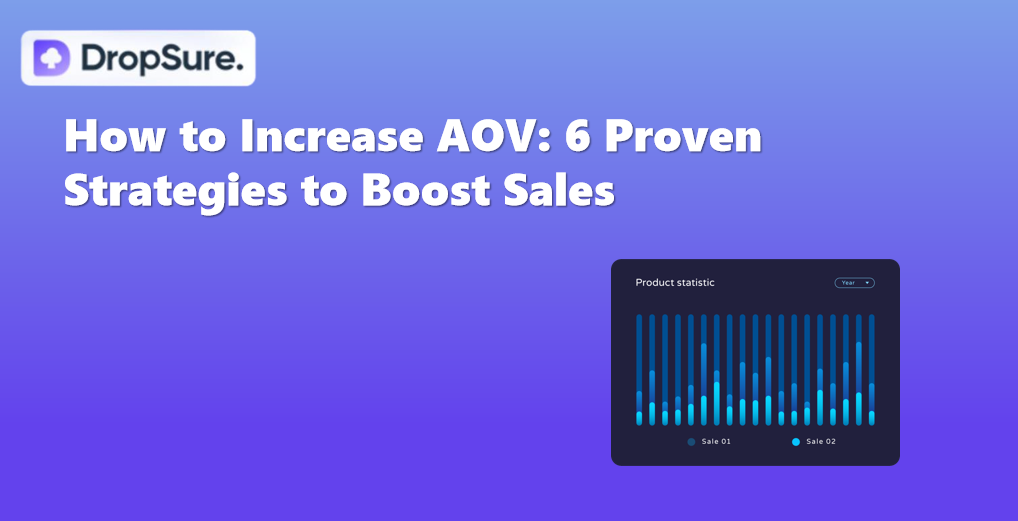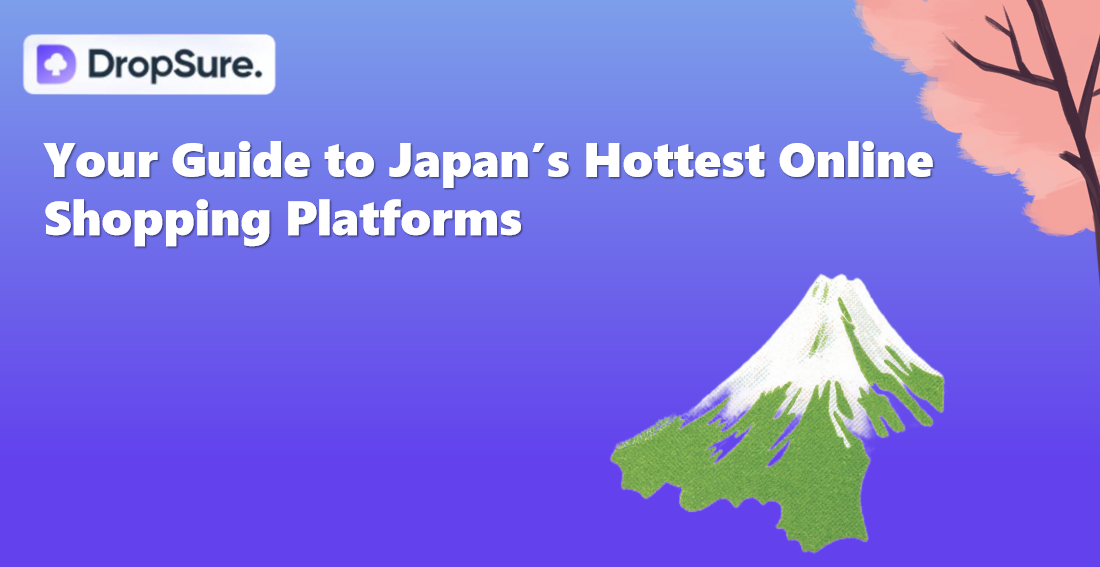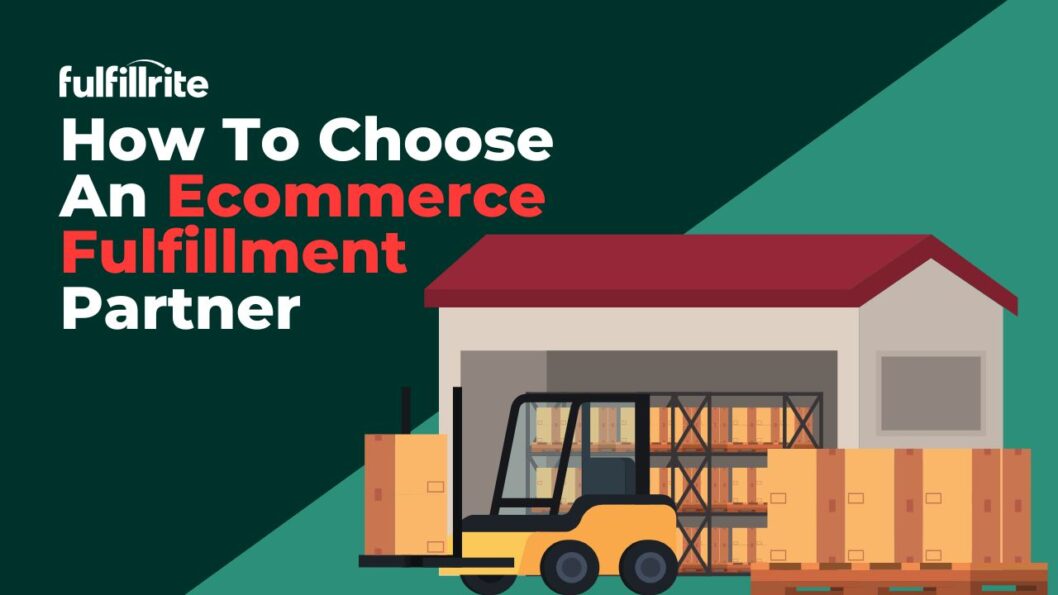
Choosing the right fulfillment partner is crucial for your e-commerce success. A great partner streamlines operations, enhances customer satisfaction, and supports business growth. Here’s a quick guide to help you find the perfect match.
Why It’s Important
A fulfillment partner manages logistics like warehousing, shipping, and inventory management. Choosing the wrong partner can lead to delays and lost customers, while the right one drives efficiency, reduces costs, and enhances your customer experience.
1. Understand the Types of Logistics Service Providers
- 1PL: Direct logistics management between manufacturer and customer, ideal for smaller businesses.
- 2PL: Asset-based carriers (e.g., shipping companies) handling transportation.
- 3PL: Outsources parts of the supply chain, offering warehousing, distribution, and services like inventory management.
- 4PL: Manages the entire supply chain with strategic and IT support for comprehensive logistics.
- What to Look for in a Fulfillment Partner
- Services and Capabilities
Look for partners that offer value-added services like kitting, assembly, and custom branding (e.g., packaging and marketing inserts).
- Communication
Frequent and transparent communication is crucial. Ensure your partner provides regular updates on inventory and order statuses to keep things running smoothly.
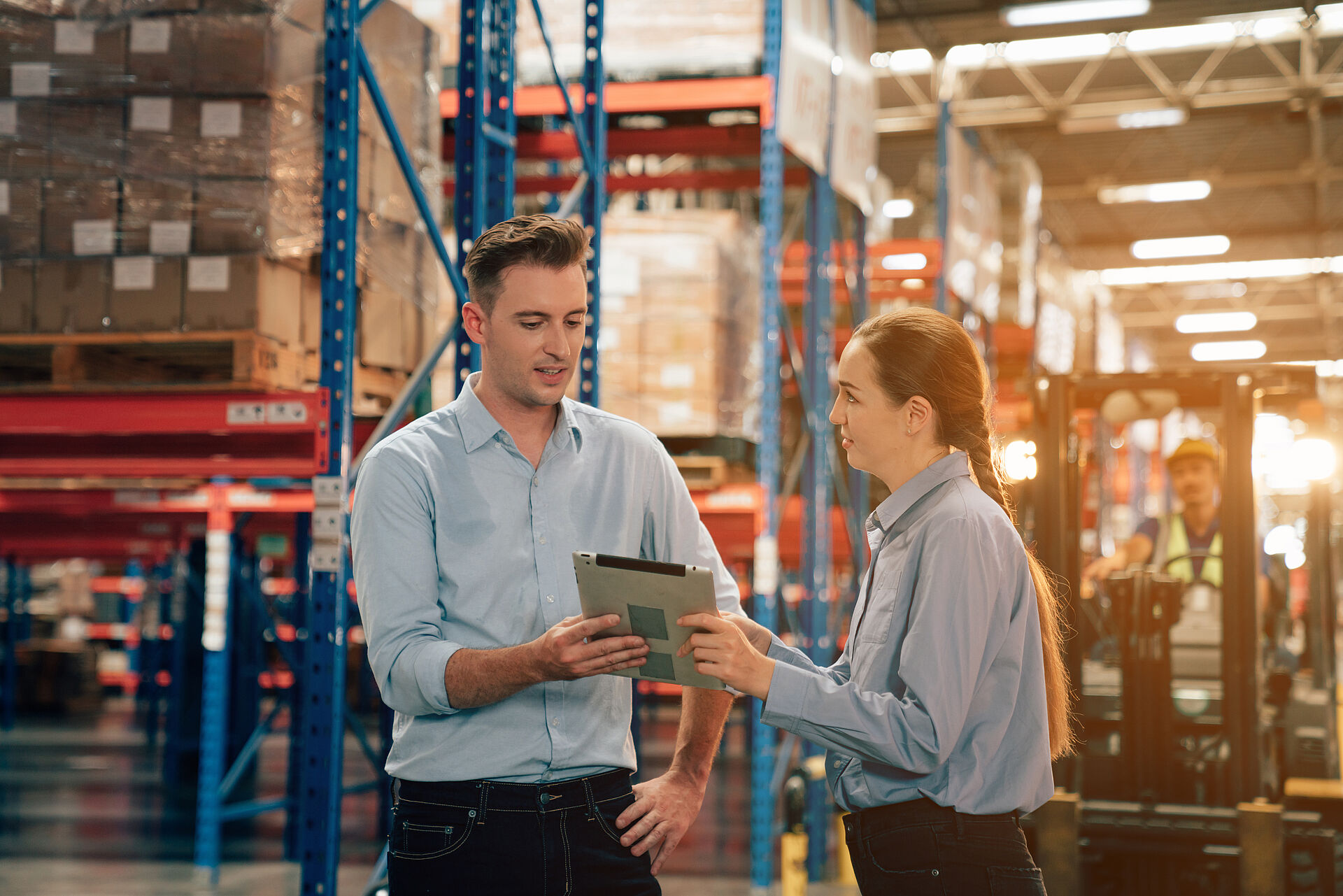
- Scalability and Flexibility
Your fulfillment partner must adapt to demand fluctuations, especially during peak seasons, without sacrificing service quality.
- Technology Integration
Ensure your partner’s systems (WMS, OMS) integrate seamlessly with your platform, enabling smooth operations and real-time data sharing.
- References
Ask for case studies or references to evaluate the partner’s reliability and effectiveness.
- The Payoff: Unpacking the Benefits of the Perfect Fulfillment Match
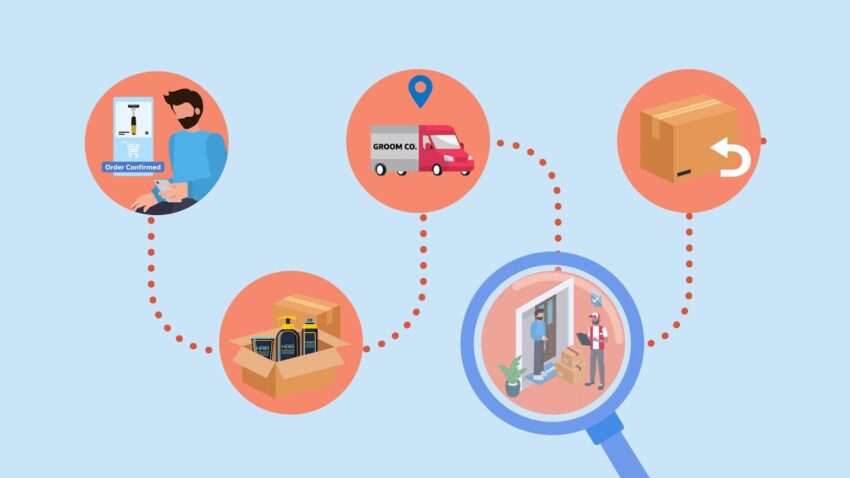
- Cost Efficiency
An ideal partner optimizes shipping costs, reduces transit times, and helps you cut shipping expenses while improving delivery times. This gives you a competitive edge.
- Improved Operational Flexibility
A reliable fulfillment partner can scale your operations as needed, ensuring you meet customer demand without compromising on service.
- Enhanced Customer Satisfaction
Timely and consistent deliveries build trust with customers and encourage repeat business.
- Access to Advanced Technology
The right fulfillment partner uses advanced technology to streamline operations:
- Inventory Management Tools: Real-time tracking and accurate inventory management help avoid stockouts and overstocking.
- Data Analytics: Insights that optimize your supply chain and reduce costs.
- Automated Operations: Automation speeds up order processing and reduces errors.
- Recommended Shipping Channels: Your partner can help identify the best shipping options based on cost, speed, and reliability.
- Risk Mitigation
An experienced fulfillment partner minimizes risks, including managing regulatory compliance, ensuring your business avoids legal complications.
- Market Expansion Opportunities
A partner with global reach helps expand your business internationally. With international logistics capabilities, your fulfillment partner supports your market growth beyond local borders.
Conclusion
Selecting the right fulfillment partner is essential for your business growth. At DropSure, we offer seamless logistics, advanced technology, and global reach to help your e-commerce business thrive. Ready to scale? Partner with DropSure today.

 3 min read
3 min read
